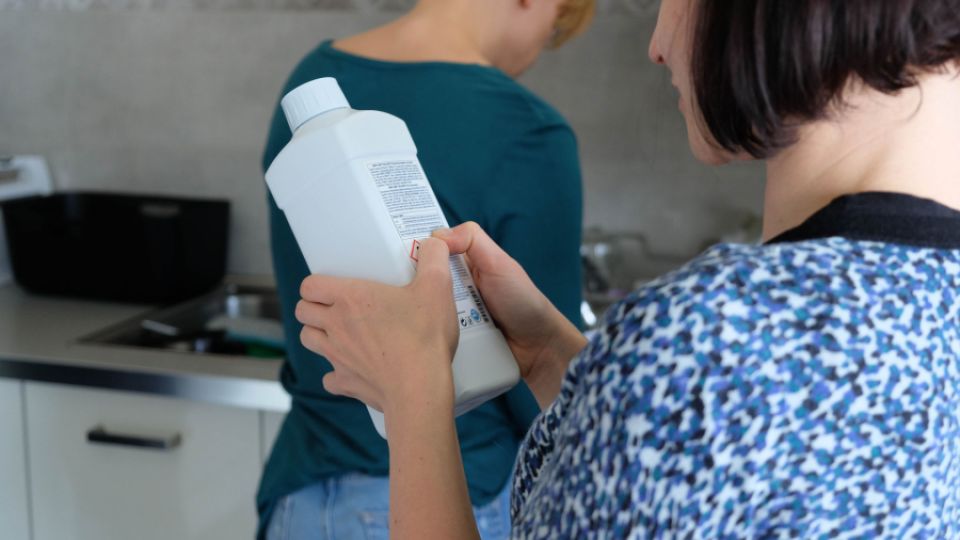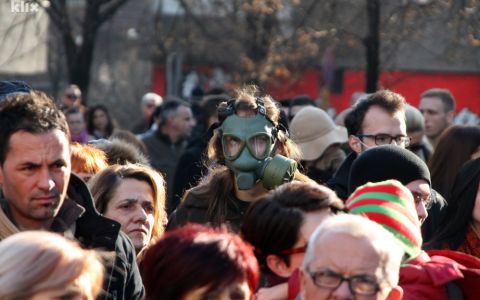A groundbreaking project across 8 EU countries is empowering volunteers to tackle hidden chemical risks in their homes, revealing profound personal transformations and underscoring the critical need for broader regulatory change. Over 1,300 "Chemical Ambassadors," trained through the EU-funded LIFE ChemBee project focused on toxic chemicals, have become frontline educators, guiding families toward healthier living environments.
These ambassadors, motivated by personal health concerns and a growing awareness of endocrine disruptors' adverse health effects, underwent comprehensive training to identify and address hazardous substances in everyday products. Their subsequent household checks, conducted in their own homes and those of friends and family, highlight a clear path to reducing exposure through simple yet impactful changes.
The spread of ambassadors' activities as well as public outreach campaign now resulted in over 7,000 household checks, that were conducted with the assistance of CheckED web-based tool, helping individuals identify problematic products and make informed purchasing decisions. Notably at one home of a Turkish family living in Germany, one ambassador's efforts to replace plastic and chemical cleaners led to a noticeable improvement in a child's severe allergies and respiratory problems, illustrating the tangible health benefits of these changes.
The project is actively seeking volunteers to gather more data through the CheckED tool to better understand consumer demand for toxin-free products. Anyone can fill-in the CheckED webtool, that is now available in 12 European languages and find out where is the biggest risk of exposure from home equipment or what daily habits to change to prevent the exposure to most toxic endocrine disruptors.
"Our Chemical Ambassadors are showing that giving people the right information can make a real difference to household health," said Karolina Brabcova, a spokesperson for the LIFE ChemBee project and head of the Chemical Ambassadors programme at Arnika in Czechia. "It's no coincidence that in many countries, the most common change we saw was people swapping conventional cosmetics and cleaning products for natural and eco-certified alternatives or even making their own from scratch."
Brabcova highlighted that these two product categories often have ingredient lists on their packaging, which makes it easier for consumers to use mobile phone apps or simply opt for eco-certified and natural products to avoid toxic substances. She added, "For other product groups where there's a lack of transparency about materials and chemicals, making a safer choice is much more difficult."
Key Transformations Driven by Chemical Ambassadors:
- Reduced Plastic Reliance: Ambassadors significantly cut down on plastic use, opting for glass, stainless steel, ceramic, and cast iron alternatives for food storage, kitchenware, and even children's food containers and silverware.
- Eco-Conscious Cleaning & Personal Care: Many drastically reduced their use of conventional cleaning agents, favouring homemade solutions or certified eco-products. Personal care routines were simplified, with many choosing less products and natural alternatives or making their own products.
- Improved Indoor Air Quality: Daily ventilation became a common practice, effectively reducing indoor pollutants from dust inhalation.
- Smarter Shopping Habits: Ambassadors became discerning consumers, utilizing mobile apps like ToxFox, INCI beauty, and CodeCheck to identify safer cosmetics and avoid harmful ingredients, prioritizing quality and natural materials.
Despite the successes, challenges remain. The high cost of altering structural elements in homes and deeply ingrained consumer habits pose significant hurdles. Furthermore, the sheer volume of chemical exposure sources can feel overwhelming.
Call for Systemic Change:
The success of the Chemical Ambassadors demonstrates the power of citizen-led action, but individual efforts alone are insufficient for widespread protection. In light of the upcoming EU Action Plan for the Chemicals Industry, expected to be published on July 2, 2025, the LIFE ChemBee project stresses the urgent need for systemic change. This EU Action Plan represents a critical juncture for the European chemical sector, determining whether it will genuinely transition towards toxics-free production or continue to support an outdated, toxic status quo.
While the chemical industry has often advocated for significant public funding and lower energy prices for decarbonization, subsidizing cheap fossil energy and perpetuating linear, polluting production models is not a sustainable path. As demonstrated by the "Chemical Ambassadors," consumer demand is clear: the majority desires toxics-free, eco-designed, and affordable products. A zero-pollution and toxic-free environment must be a central pillar of this new Action Plan. This necessitates a robust commitment to phasing out the most hazardous substances, such as Per- and Polyfluoroalkyl Substances (PFAS), bisphenols, phthalates and flame retardants, ensuring chemicals are climate neutral, safe, and sustainable, and ending subsidies that prolong the use of toxic legacy chemicals and linear production. The success of initiatives like LIFE ChemBee underscores that the public is ready for this transformation, and now it's time for policy to reflect that readiness.
"This movement is about empowerment, not fear," added Heidrun Fammler, the head of the LIFE ChemBee Project. "The Chemical Ambassadors have proven that protecting health starts at home. Now, it's time for governments and industries to follow their lead and enact the structural changes necessary to ensure safer products and environments for everyone."
Website:
https://thinkbefore.eu/en/life-chembee/
https://checked.detoxed.eu/en/
Contacts:
Karolína Brabcová, Arnika│ Toxics and Waste Programme
+420 731 321 737 │This email address is being protected from spambots. You need JavaScript enabled to view it.
The project LIFE ChemBee (No. LIFE21/GIE/DE/101074245) is funded by the LIFE Programme of the European Union.Views and opinions expressed are however those of the project LIFE ChemBee only and do not necessarily reflect those of the European Union or the LIFE Programme. Neither the European Union nor the granting authority can be held responsible for them.








